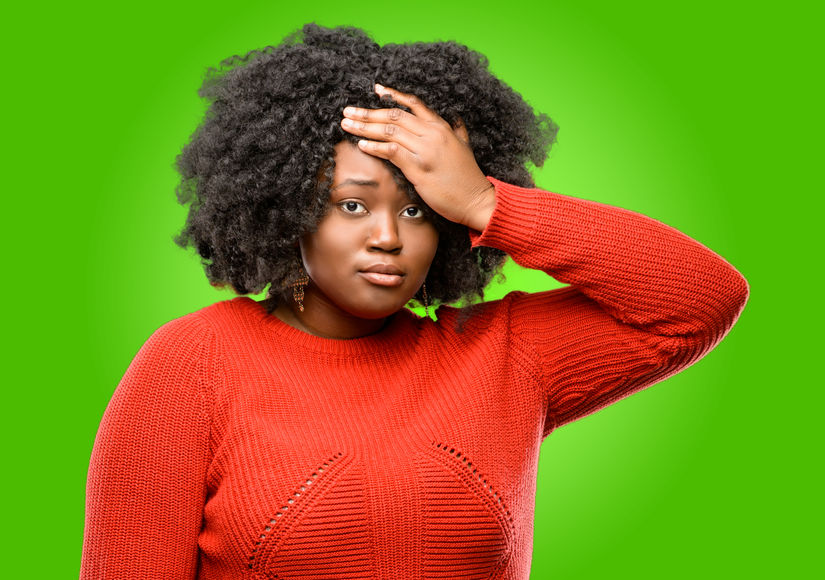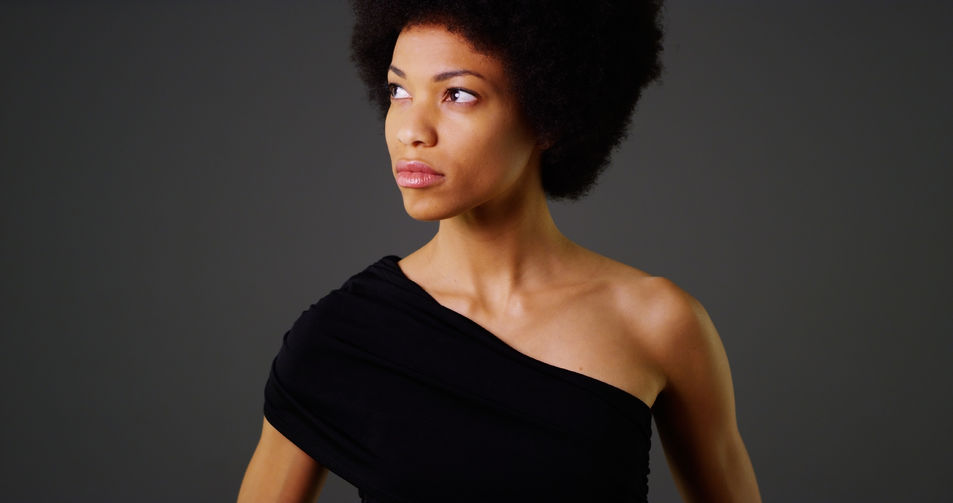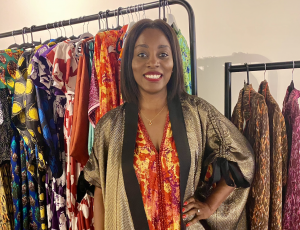Fibroids. Chances are you’ve got them, had them or know someone who does. African-Caribbean women develop them more frequently than anyone else but how much do you really know about the condition and its treatments. Valerie McKen explores why surgery may not necessarily be the only answer.
You know the blurb so well…“Fibroids are non-cancerous growths that develop in or around the womb (uterus)” – NHS, so I’ll save giving the full spiel about what they are as Black women who have them are more than aware of the ins and outs of fibroids. You can also read about it here.
If you have done your research, you will notice that many medical websites recommend surgery. If you are not experiencing any symptoms or the fibroids are small, many doctors recommend ‘watching and waiting’. But why wait until things get worse? If you have fibroids, it’s almost guaranteed things will worsen, possibly until you cannot take any more, and then that’s when hysterectomy is offered as a ‘cure’.
Being of a cynical mind, this sounds like a set up. After all, why wait? And what is happening with all these now severed home-less wombs?

Surgery for fibroids is as common as fibroids, and there are a number of options, some more cutting edge than others, but let’s focus on the surgeries offered by most consultants. Depending on his/her skill set and the severity of your condition, you may be offered either a myomectomy (where the womb is left intact), hysteroscopic resection (procedure to remove fibroids from inside the womb) or hysterectomy (removal of the womb). Hysterectomy, according to the NHS “is the most effective way of preventing fibroids coming back”. I nearly choked when I read that.
Let’s make this clear. I am not against surgery when it is warranted, e.g. when the fibroid is impacting on other organs or its the size of a melon (or bigger), thus causing distress with regards to body image.
“I have had two surgeries. However, they did not address the root cause, so unfortunately, they started growing back years later.”
I have had two surgeries. However, they did not address the root cause, so unfortunately, they started growing back years later. Surgery is a great tool to rid your body of large tumours quickly, whilst you work on addressing the underlying causes to ensure they do not grow back.
I put it to you that the reason surgery is offered as the first line treatment is because it is lucrative. Yes, it’s a business. The US Uterine Fibroid Market Research Report, Forecast to 2025 highlights the profitability of the uterine fibroid market, which is segmented into market, structure, market share and so forth. The full cost of the report is around $5,000. Small change for those set to make a fortune from the extraction of our wombs and perhaps selling them on for further research purposes?
The report details the ‘fibroid market’ by type (intramural, subserosal etc.), treatment (medication, surgery) and end user (hospitals, surgical centres etc.).
The U.S market alone is expected to reach nearly USD 40 million by the end of the forecasted period. And get this… by treatment, hysterectomy holds the largest market share and is expected to reach USD 8 million by 2022.
Ladies… your wombs are worth a fortune! Guess who they will be raking in most of this money from? Who holds the record for having the biggest fibroids and most troublesome symptoms? Yes, that’s right, us Black women!
It’s frightening to think that there are possibly meetings and conventions happening all over the world where a bunch of men and women are deciding how to divide the profits from the removal (and sale?) of our sacred precious womb. Even worse, we just let them take it away! We do not even ask what happens with our tissue because we trust them to throw it away.
“Who holds the record for having the biggest fibroids and most troublesome symptoms? Yes, that’s right, us Black women!”
When you have any kind of surgery, you sign a waiver. Even if you are having a myomectomy, where the womb is left intact, you still have to sign to say you agree to having your womb removed if something goes wrong.
This is because we don’t know what we don’t know. We have no idea how our body works. What I was told at school about my body can be summed up in one sentence: “The womb is for carrying babies. The egg is released from the ovaries. If the egg is not fertilised by a man’s sperm, it dies, and the lining of the womb is shed and that is your menstrual cycle.”
Fair enough, there was a bit more to it than that, but you get the point. Consultants who suggest a woman has a hysterectomy often ask if she is ‘done’ having children. If so, you can do without your womb. What?
Your womb is the seat of creation. New life and new ideas are born from the womb. Your womb is a reproductive sex-organ that provides support to the bladder and bowels. It is attached to a number of ligaments, bundles of nerves and a network of veins and arteries. Whether you have a full or partial hysterectomy, all the ligaments, nerves and blood supply of the womb must be severed in order to remove it.
“Whether you have a full or partial hysterectomy, all the ligaments, nerves and blood supply of the womb must be severed in order to remove it.”
The side effects from having this important muscle removed varies from mild to severe. As well as the usual hot flushes and other symptoms associated with the menopause, doctors downplay or do not even mention symptoms such as bladder and urinary weakness, bowel problems, loss of sensation throughout the body, loss of sexual drive, profound fatigue, short term memory loss, insomnia, bone and joint pain, personality changes and inability to maintain employment. Of course, not all women will get these symptoms, but this is to highlight what could happen.

What can you do?
Thankfully, there is something you can do. You can start by trusting your body. Your body can heal from the vast majority of lifestyle diseases if we take the time to learn exactly what it needs.
Your healing journey can begin by taking a few small simple steps such as:
- Eating more raw fruit and vegetables
- Avoiding sugar
- Moving your body more
- Getting out in the sun
- Taking deep breaths often
Fibroids don’t grow overnight, so give your body the space and the time to clear out the clutter so it can get on with healing.
Surgery is totally your choice and depends on your circumstances. If you have multiple, large fibroids, give yourself time to look at all the options before deciding and remember, always do your research and ask lots of questions.
This article is not intended to diagnose or treat any diseases. It is provided for informational, educational and self-empowerment purposes ONLY. For any health issues, please consult your GP.













2 comments
Hi,
Nice and educative article.
Having had women around me go for many full hysterectomy the idea if treating the cause is very new to me.
This is brilliant when put in perspective with the lucrative business linked to it -anything is about money- it would be better bro spend it in getting an healthy lifestyle.
Thanks again for shedding the light on a topic not often discussed .
Thanks very much! Glad you enjoyed the article.